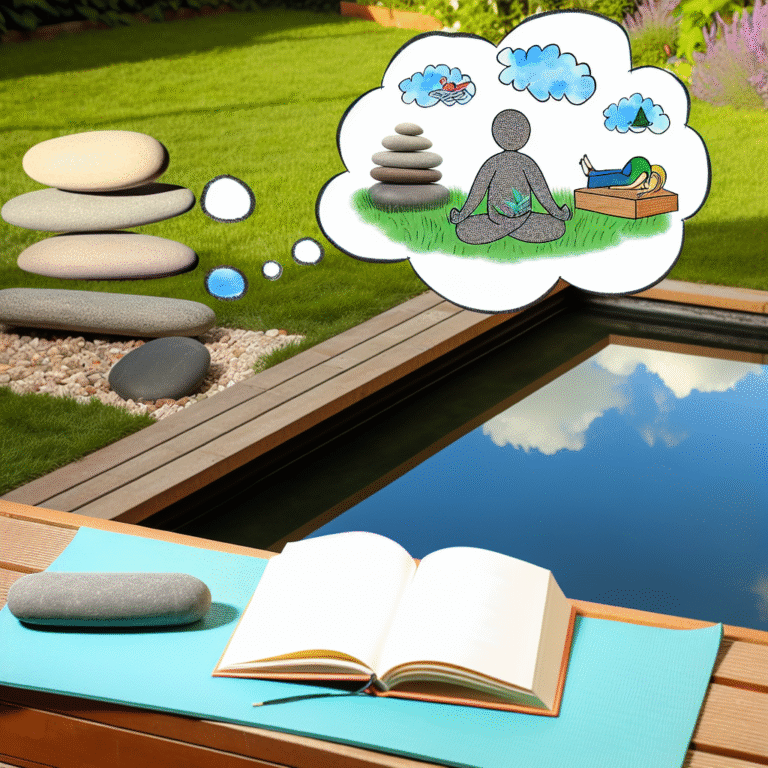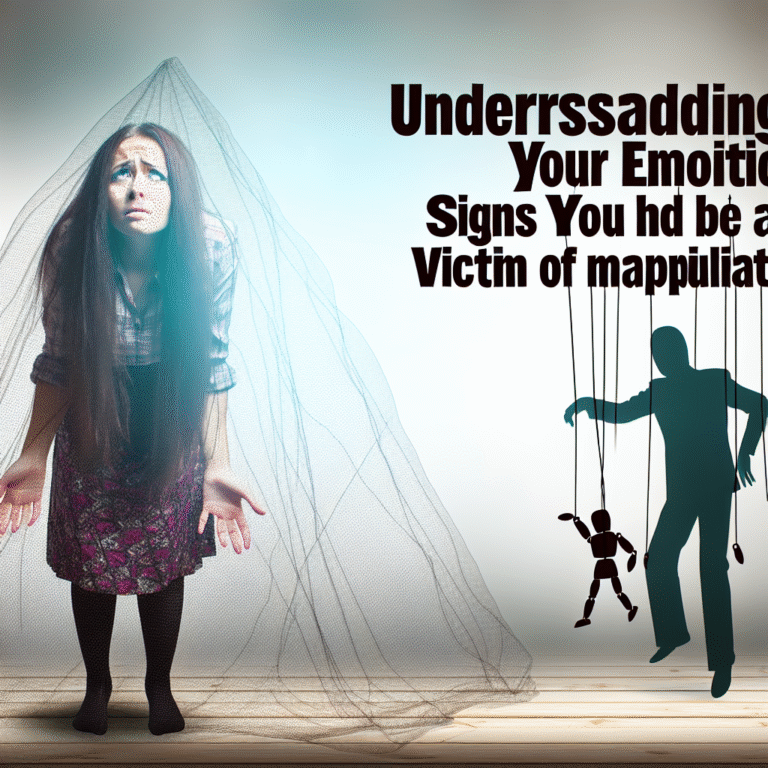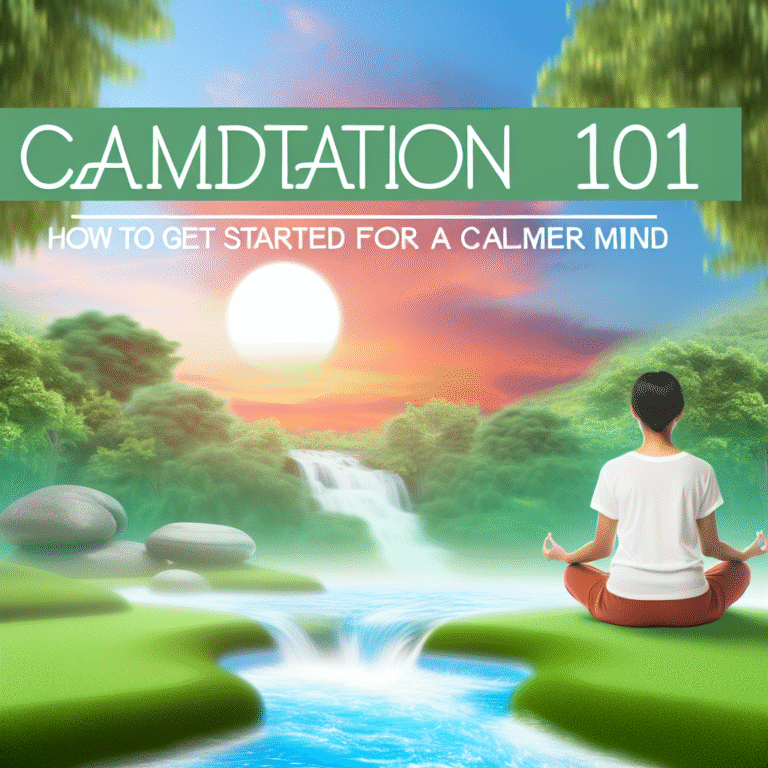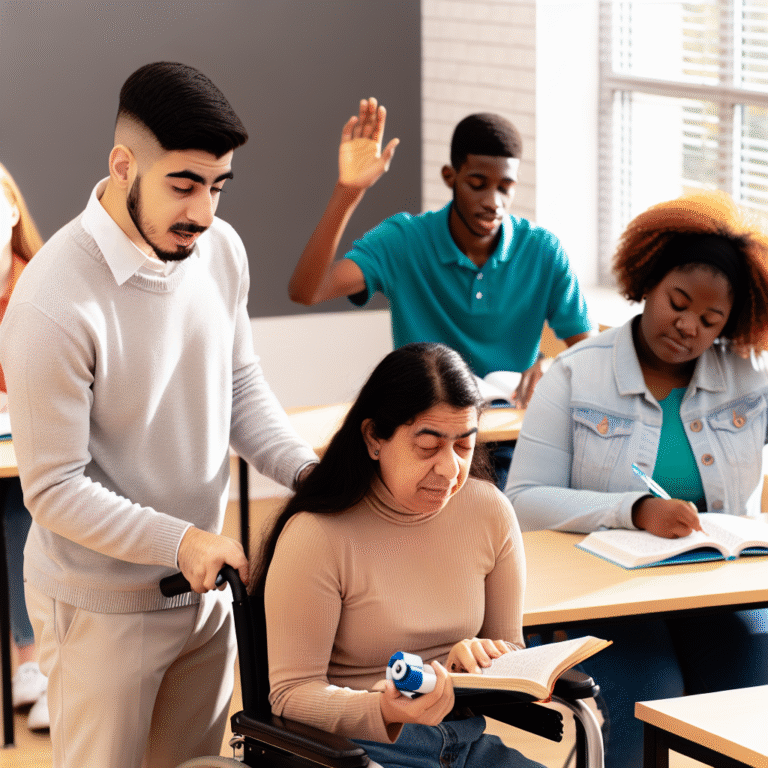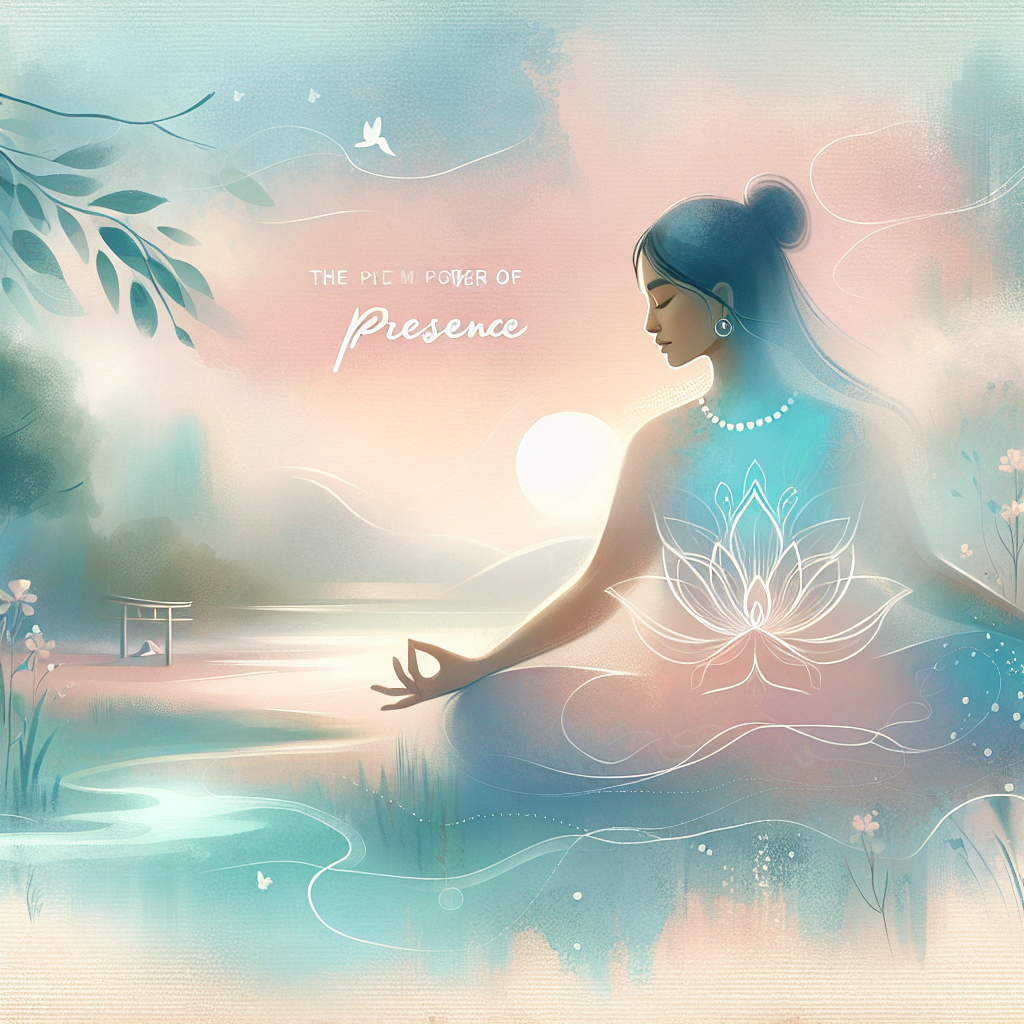
The Power of Presence: Essential Mindfulness Techniques for Anxiety Relief
Introduction
In an age where distractions abound and life moves at an unprecedented pace, many individuals find themselves grappling with anxiety. It’s a common struggle, yet one that can feel incredibly isolating. The overwhelming sensations of worry can disrupt our lives, but what if there was a way to reclaim our peace of mind? Enter mindfulness—the art of being present. This article delves into The Power of Presence: Mindfulness Techniques for Anxiety Relief, exploring how embracing mindfulness can dramatically alleviate anxiety and enhance our overall well-being.
The Science of Mindfulness and Anxiety
Mindfulness isn’t just a buzzword tossed around in wellness circles; it’s backed by research. Studies have shown that mindfulness practices can significantly reduce anxiety and even improve mental health. According to a meta-analysis published in JAMA Internal Medicine, mindfulness meditation can lead to moderate improvements in anxiety, depression, and pain.
The Mind-Body Connection
Understanding the mind-body connection forms the crux of why mindfulness is effective. When we experience anxiety, our body’s stress response is activated. This can lead to physical symptoms such as increased heart rate, shallow breathing, and muscle tension. Mindfulness techniques show us how to break this cycle:
- Regulating emotions: By bringing awareness to our feelings, we can choose how to respond rather than react impulsively.
- Improving focus: Regular mindfulness practice trains the brain to concentrate, reducing the scatter of anxious thoughts.
Core Mindfulness Techniques for Anxiety Relief
1. Mindful Breathing
Mindful breathing is one of the most accessible techniques to harness The Power of Presence. It involves focusing on your breath and allows the mind to settle.
How to Practice Mindful Breathing:
- Find a quiet space: Sit comfortably and close your eyes.
- Inhale deeply: Count to four as you breathe in through your nose.
- Exhale slowly: Count to six as you breathe out through your mouth.
Case Study:
Emma, a 28-year-old marketing executive, struggled with anxiety before important presentations. After incorporating mindful breathing exercises into her routine, she reported feeling more grounded and prepared. Emma noted how focusing on her breath helped her detach from negative thoughts, allowing her to perform confidently.
2. Body Scan Meditation
The body scan technique cultivates awareness of bodily sensations and is effective in reducing anxiety.
How to Perform a Body Scan:
- Lie down comfortably: Close your eyes and take a few deep breaths.
- Focus on each body part: Starting from your toes, gently bring your attention to each part of your body, observing sensations without judgment.
- Release tension: As you notice tightness, visualize breathing into those areas and releasing the tension.
Analysis:
Emma also found that when she incorporated body scans into her pre-presentation routine, it helped her connect back to her body, easing the anxiety that often came with public speaking.
| Mindful Technique | Key Benefits | Recommended Duration |
|---|---|---|
| Mindful Breathing | Reduces immediate anxiety, improves focus | 5-10 minutes |
| Body Scan Meditation | Enhances bodily awareness, releases tension | 10-20 minutes |
3. Walking Meditation
Mindfulness doesn’t have to be stationary. Walking meditation transforms a routine physical activity into a mindful practice.
Steps for Walking Meditation:
- Choose a quiet path: Preferably somewhere with minimal distractions.
- Walk slowly: Pay attention to each step, noticing how your feet touch the ground.
- Focus on your surroundings: Observe the colors, sounds, and sensations around you.
Case Study:
John, a 35-year-old teacher, utilized walking meditation during breaks. He reported that this practice not only alleviated his anxiety but also boosted his overall mood, making him more present with his students.
4. Loving-Kindness Meditation
This technique promotes feelings of love and compassion, which can counterbalance anxiety.
How to Practice Loving-Kindness:
- Find a comfortable position: Close your eyes and take several deep breaths.
- Silently recite phrases: Start by wishing yourself happiness, health, and peace. Gradually extend these wishes to loved ones, acquaintances, and even strangers.
Analysis:
When John integrated loving-kindness meditation, he noticed a ripple effect—his interactions with students became more empathetic, reducing his own anxious tendencies.
The Transformational Impact of Mindfulness
Through the application of The Power of Presence: Mindfulness Techniques for Anxiety Relief, individuals experience profound transformations. Beyond reducing anxiety, these practices can enhance emotional resilience, cultivate gratitude, and promote a profound sense of connection with oneself and others.
Common Misconceptions About Mindfulness
Despite its benefits, several myths around mindfulness persist:
Myth 1: Mindfulness Requires Extensive Time Commitment
Reality: Even a few minutes of mindfulness can yield benefits. Start small, even with one-minute focused breathing.
Myth 2: Mindfulness Means Emptying the Mind
Reality: Mindfulness is not about achieving complete silence; it’s about observing thoughts without judgment and learning to redirect focus.
Myth 3: You Must Practice Daily to Benefit
Reality: While regular practice is beneficial, even intermittent mindfulness can improve mental well-being.
Conclusion
Embracing The Power of Presence: Mindfulness Techniques for Anxiety Relief is a journey toward reclaiming your peace of mind in a tumultuous world. By incorporating practices such as mindful breathing, body scans, walking meditation, and loving-kindness, you can build resilience against anxiety and foster a more profound connection with the present moment.
Take it one step at a time, and don’t be discouraged if progress feels slow. Each moment spent practicing mindfulness is a step toward personal empowerment and emotional well-being.
FAQs
Q1: How long should I practice mindfulness daily?
A1: Start with 5 minutes daily and gradually increase as you feel comfortable. Consistency is key.
Q2: Can mindfulness help with severe anxiety disorders?
A2: While mindfulness can be beneficial, it should complement professional treatment rather than replace it.
Q3: Is mindfulness suitable for everyone?
A3: Yes, mindfulness can be adapted for all ages and backgrounds. It’s a versatile tool for mental health.
Q4: What if I find it hard to focus during mindfulness practice?
A4: It’s normal. Gently redirect your focus back to your breath or the present moment without judgment.
Q5: How can I incorporate mindfulness into my daily routine?
A5: Try to dedicate specific moments of your day—like your commute or while drinking your morning coffee—to practice mindfulness.
In summary, engaging with The Power of Presence: Mindfulness Techniques for Anxiety Relief opens doors to a calmer and more centered life. By weaving these techniques into your daily activities, you embark on a transformative journey toward anxiety relief and emotional strength.




